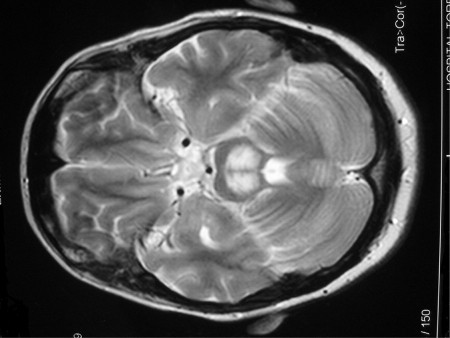Last reviewed: 9 Mar 2025
Last updated: 25 Mar 2025
Summary
Definition
History and exam
Key diagnostic factors
- presence of risk factors
- absence of hypovolaemia
- absence of hypervolaemia
- absence of signs of adrenal insufficiency or hypothyroidism
- nausea
- vomiting
- altered mental status
- headache
- seizure
- coma
Risk factors
- age >50 years
- pulmonary conditions (e.g., pneumonia)
- nursing home residence
- postoperative state
- malignancy
- medicine associated with SIADH induction
- central nervous system (CNS) disorder
- endurance exercise
Diagnostic investigations
1st investigations to order
- serum sodium
- serum osmolality
- serum urea
- urine osmolality
- urine sodium
Investigations to consider
- diagnostic trial with normal saline infusion
- serum uric acid
- fractional excretion of sodium
- fractional excretion of urea
- serum TSH
- serum cortisol level
- serum arginine vasopressin (AVP)
Treatment algorithm
Contributors
Authors
Megan Dixon, MD
Nephrologist
Arizona Kidney Disease and Hypertension Center
Phoenix
AZ
Disclosures
MD declares that she has no competing interests.
Yeonghau Howard Lien, MD, PhD
Professor Emeritus of Medicine
Division of Nephrology
University of Arizona
Tucson
AZ
Disclosures
YHL is an author of a reference cited in this topic.
Peer reviewers
Maryam Gondal, MD
Assistant Professor
Nephrology
Yale University
New Haven
CT
Disclosures
MG declares that she has no competing interests.
Judith H. Veis, MD
Associate Director
Nephrology
Washington Hospital Center
Washington
DC
Disclosures
JHV declares that she has no competing interests.
Laurie Solomon, MD, FRCP
Consultant Nephrologist
Renal Unit
Lancashire Teaching Hospitals
Fulwood
Preston
UK
Disclosures
LS declares that he has no competing interests.
Use of this content is subject to our disclaimer
